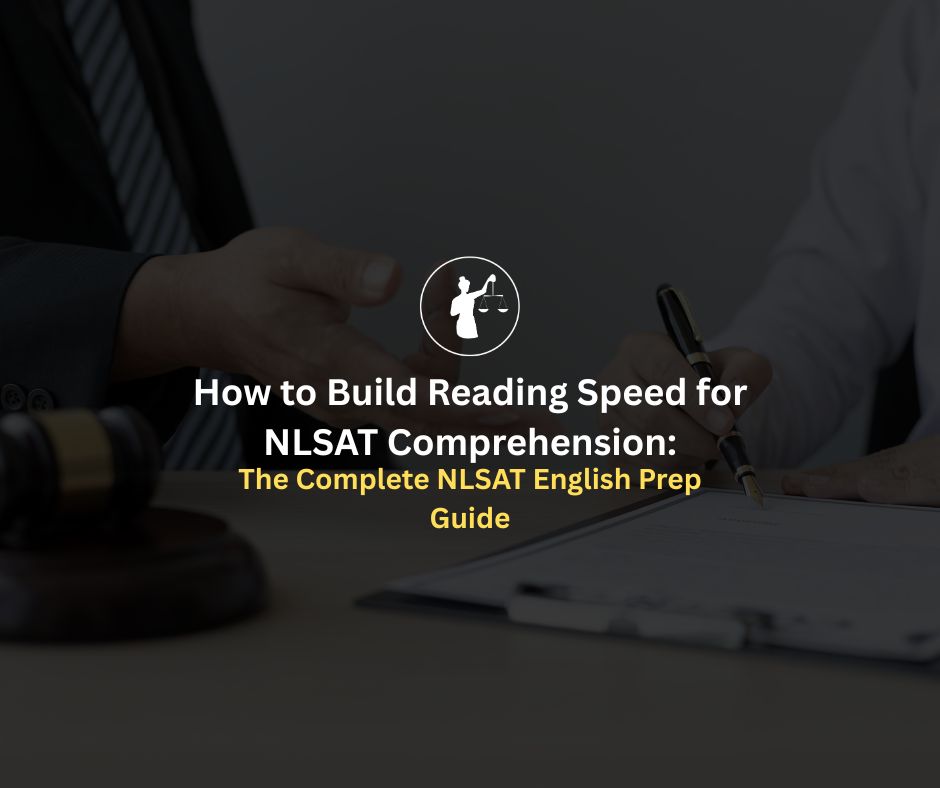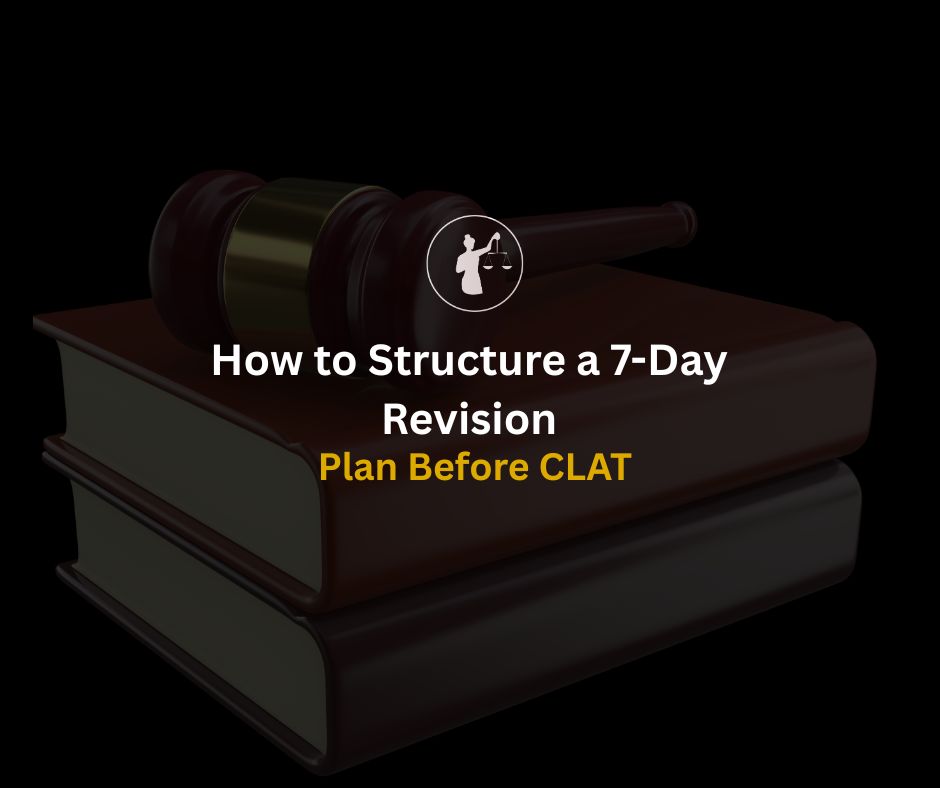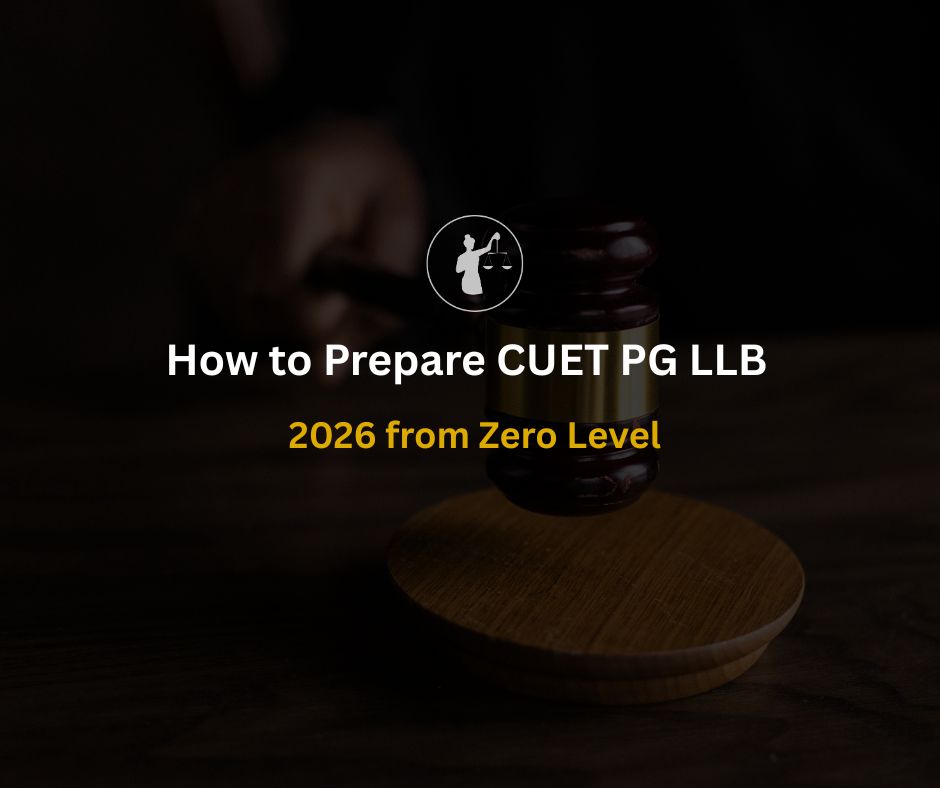
Every CLAT aspirant hits that crossroad sooner or later—should I drop a year and try again? It’s a hard question, not because the answer is complicated, but because you are. Your circumstances, mindset, and prep history all matter more than any advice floating on the internet.
This blog isn’t here to tell you what to do. It’s here to make sure that whatever you decide, you’ve thought it through from every angle. Not just marks and ranks but time, money, pressure, and what it’s like to live inside a drop year.
Join Our Telegram for Latest Updates
Let’s start here because no one else does. A drop year isn’t just a year of studying—it’s a year of isolation, pressure, and self-doubt. You're waking up every day with one goal and one fear: What if it doesn’t work again?
Some days you’ll feel productive. Other days, you’ll feel stuck while everyone else moves on with college, internships, or jobs. It’s lonely. And if you don’t manage your mindset, even the best study plan won’t save you.
So before you decide to drop, ask yourself honestly: Can I handle the mental load of another year?
Too many students take a drop out of emotion. “If I had 3 more months, I would’ve cracked it.” Maybe. But what’s your actual plan this time?
Do you know which sections hurt your rank?
Are you clear on how to fix them?
Can you identify what didn’t work last year?
A drop without a new strategy is just repetition. You're not buying time. You're buying a second chance to do it right.
A drop year may be a smart move if:
You were close to a good rank (say, within 500–1000 of your category's NLU cut-off)
Your prep was inconsistent due to boards, illness, or coaching issues
You genuinely believe you can level up with structured study
It may not be worth it if:
Your base concepts are still weak
You lack motivation and need constant external push
You’re taking the drop to chase only top 3 NLUs without a clear backup plan
Be realistic. Are you trying again for a better shot, or gambling everything for a perfect shot?
One more year means one less year in the legal profession. That’s a tradeoff.
Plus, coaching fees, test series, accommodation—it adds up. If your family is stretching finances already, ask: Is this investment strategic or just hopeful?
That said, not all support systems are expensive. Platforms like NLTI offer mentorship, mocks, and structured guidance at a fraction of typical coaching rates. Many droppers use them to create a tight strategy without blowing their budget.
You don’t have to drop. If you’ve scored decently, you might get into a newer NLU or a strong private law college. From there, smart internships, moots, and networking can still land you in a Tier-1 law firm.
Also, consider parallel prep: Join a college now, and retake CLAT while studying. You’ll have a backup in hand, and the academic momentum keeps you mentally stable.
A drop year should be your decision not a default.
It sounds obvious, but here’s where most droppers fail.
Motivation runs high for the first 2 months. Then comes the slump. You revise old mocks but don’t improve. You know the theory but not how to apply. You start doom-scrolling prep pages instead of studying.
If you don’t have a system for tracking progress, analyzing mocks, and staying accountable, a drop year quickly turns into a drift year.
Some droppers use Notion, Excel, or just a paper tracker to log weekly targets. NLTI droppers often follow structured prep calendars and mentor feedback loops to stay on track.
Harsh truth: There are no guarantees.
Some students prep better in their drop year and still miss out. Luck, fatigue, silly errors they happen. The question is: Will you regret trying? Or regret not trying?
If you can stomach the uncertainty and you’ve fixed your mistakes from last time, a drop can be worth it.
If you’re just hoping this time will be “different,” but haven’t changed how you prep then think again.
If you’re serious about taking a drop, don’t just study harder — study smarter. Here's how to build a focused, outcome-driven plan:
Set Non-Negotiables: Fix your daily study hours, mock frequency, and revision slots and stick to them like a job.
Don’t Just Grind, Reflect: After every mock, diagnose why you’re stuck. Score plateaus come from poor feedback loops, not lack of effort.
Use Tools, Not Just Books: Notion, timers, study planners — organize your prep like a project, not a school routine.
Benchmark Monthly: Set clear monthly targets: “80 in mocks by September,” not vague goals like “get better at Legal.”
Find Mentorship: You don’t have to join full-time coaching. Communities like NLTI offer focused mentorship at a fraction of the cost — with real feedback, not fluff.
A drop is a gamble. Make it a calculated one.
Before taking a drop, write down answers to these questions:
What specific mistakes cost me a better rank?
What will I do differently this year?
Can I self-study daily for 10–12 months without burning out?
What’s my backup plan if I don’t make it again?
If you can answer these clearly and directly, you’re ready to drop. If not press pause. Think harder.
A drop year doesn’t fix everything. It amplifies both what you do right—and what you don’t.
If your last attempt didn’t work, the point isn’t to try harder. It’s to prepare differently. Not longer hours. Just sharper strategy.
Maybe you lacked structure. Maybe you didn’t know what to prioritize. Or maybe, you followed the standard coaching model—even when it didn’t work for you.
This time, build a plan that matches how you actually learn. Set clear goals. Get feedback. Track your progress. Keep your routine realistic—and consistent.
You don’t need more resources. You need better direction.
And if you're not going the coaching route, platforms like NLTI can offer expert support, test analysis, and strategic guidance—at a much lower cost than most big institutes.
A drop year isn’t a free pass or a failure. It’s a second chance to do it right. Use it well.
Check out Course: CLAT Online Coaching: Best Mentorship for CLAT 2026





